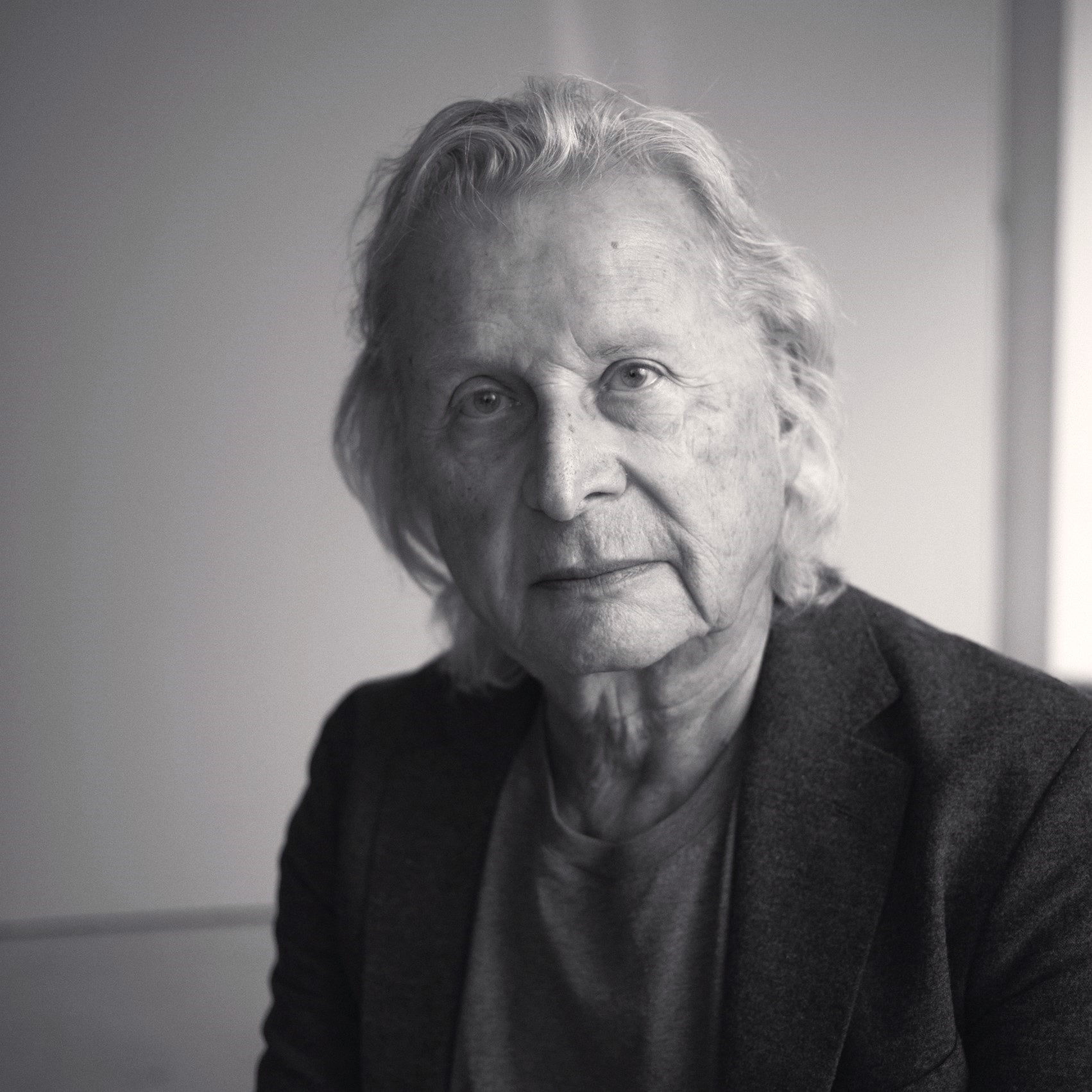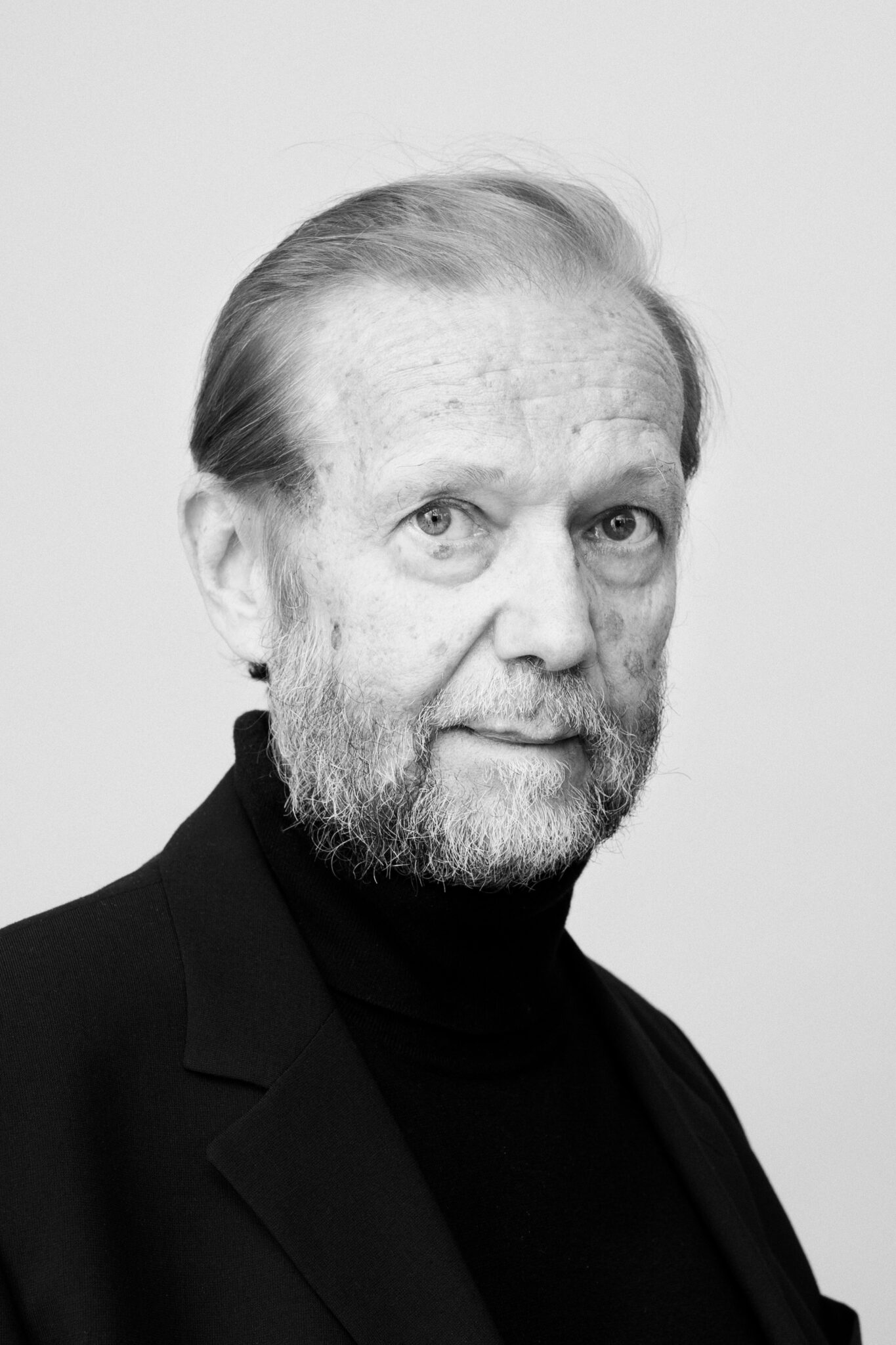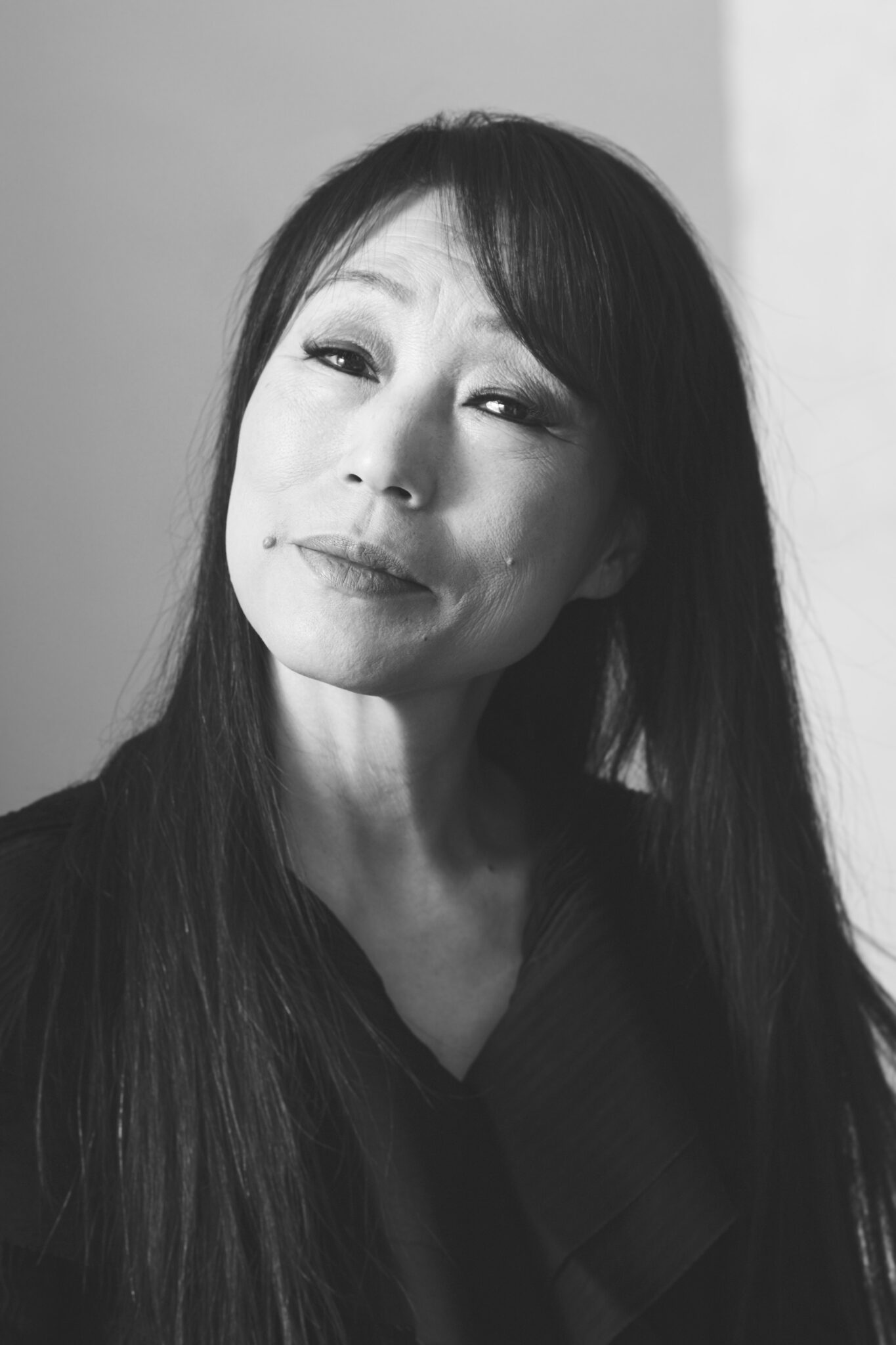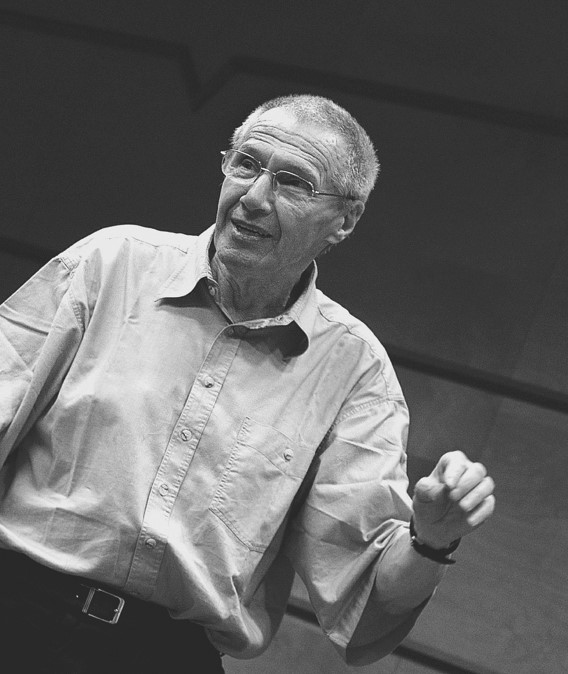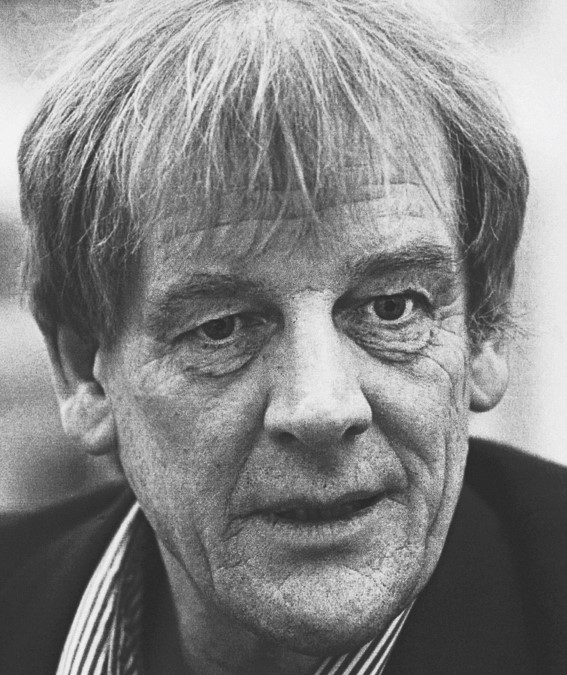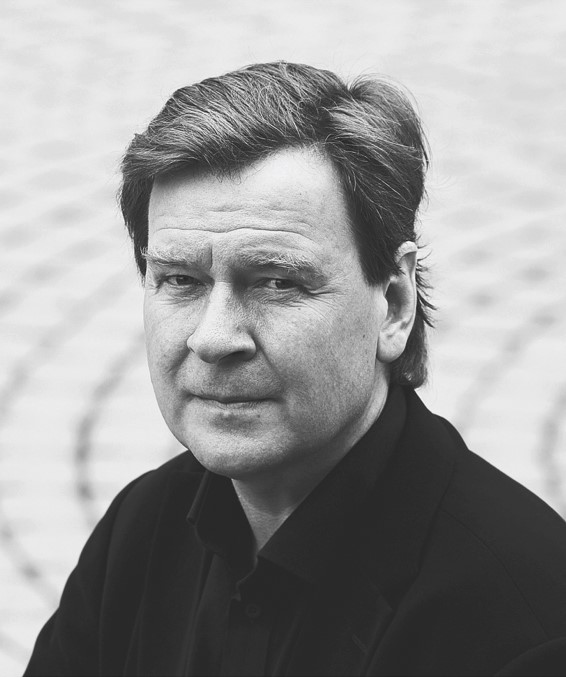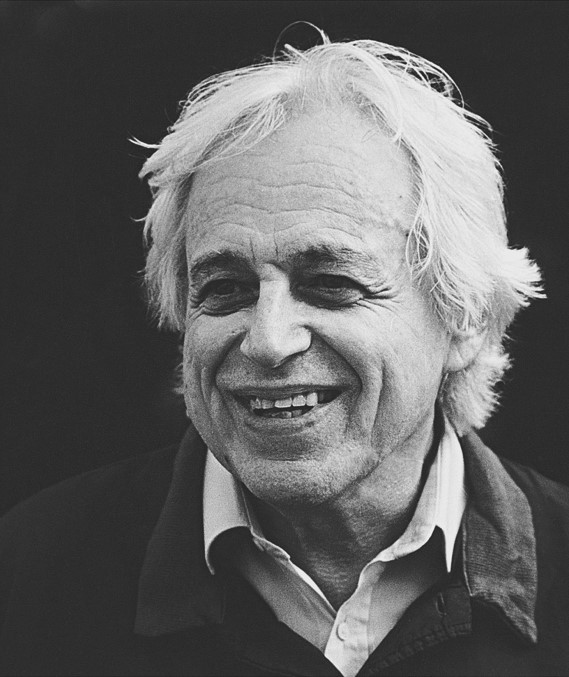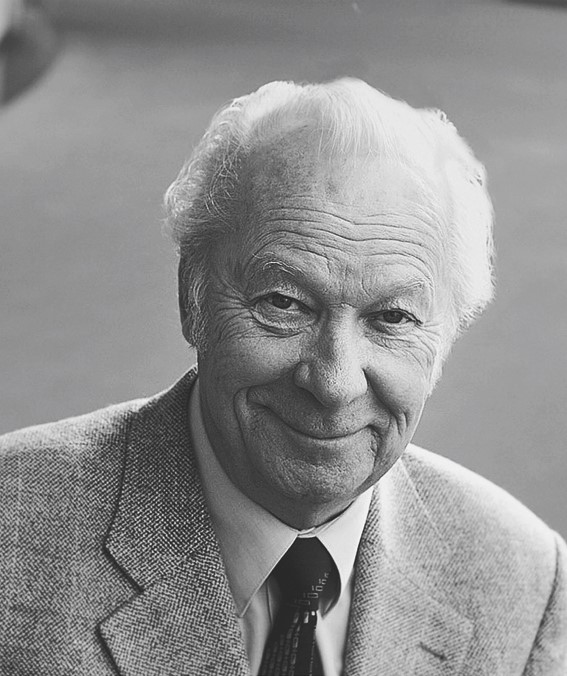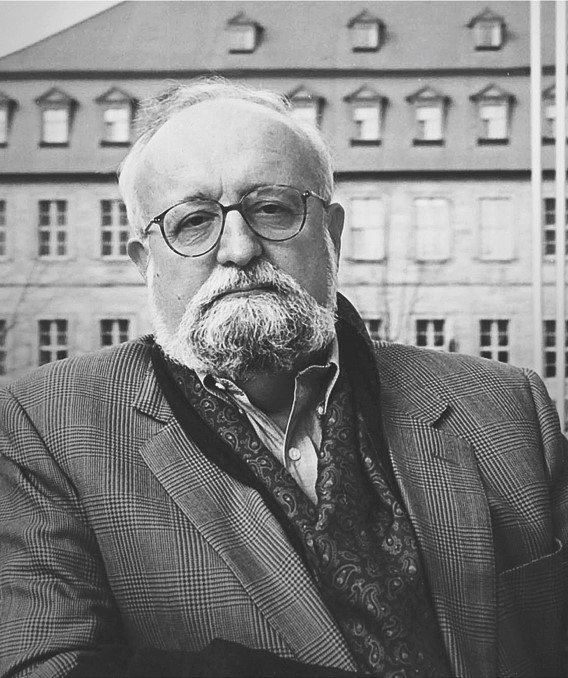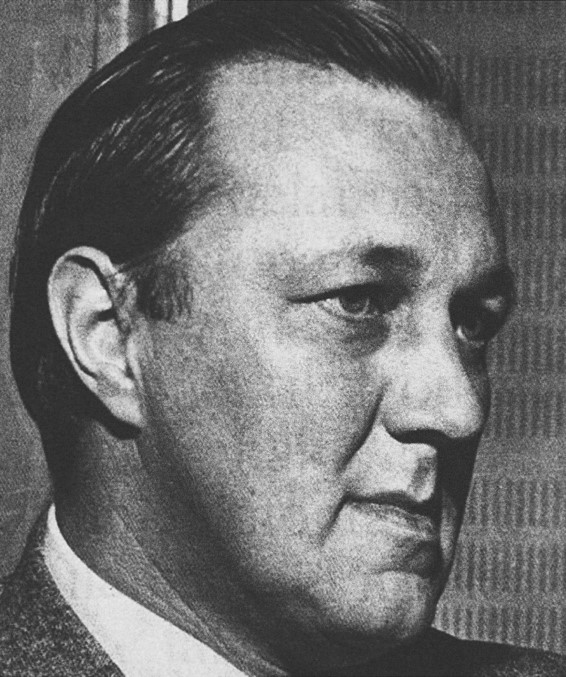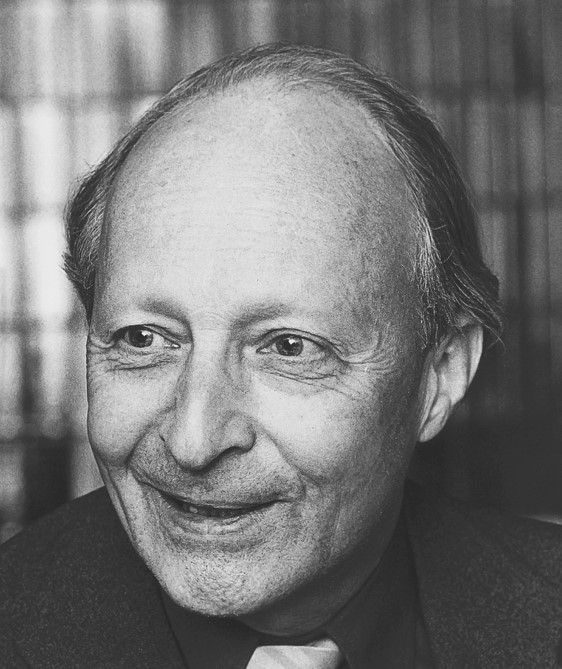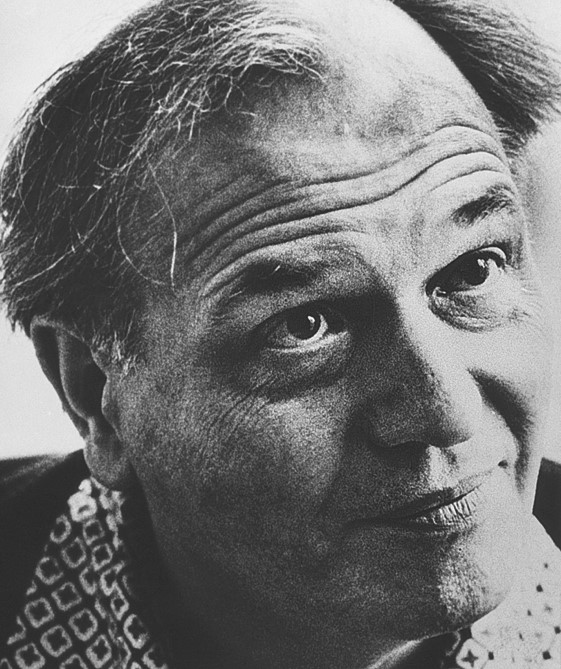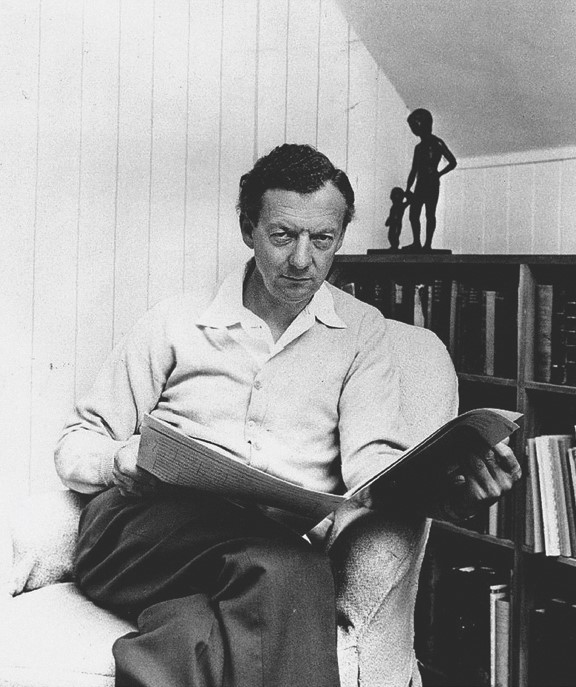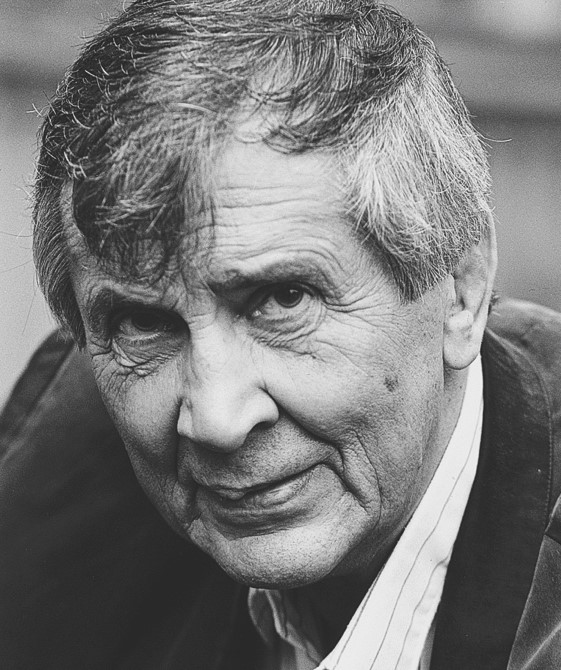Kaija Saariaho
2009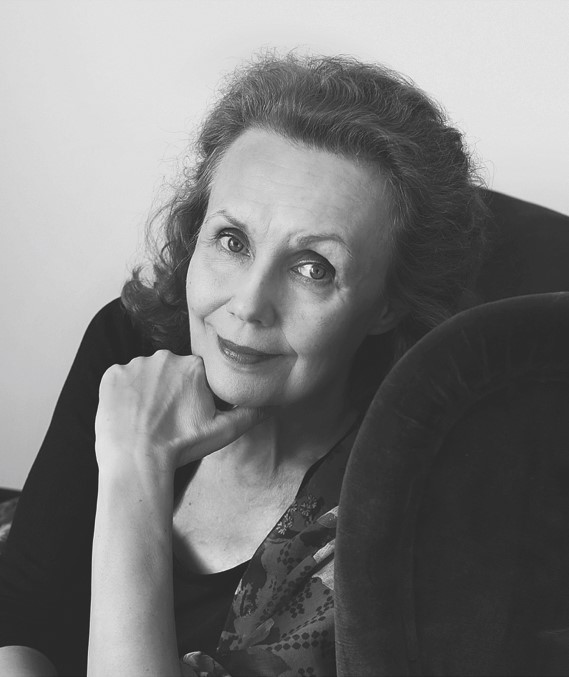
Kaija Saariaho (1952–2023) was one of Finland’s most internationally esteemed composers of all time. Her music glows with vivid colors and has shaped the musical forefront of her era.
Born in Helsinki, Saariaho studied visual arts alongside music at the University of Art and Design’s graphic design department before pursuing composition. She studied composition at the Sibelius Academy under Paavo Heininen from 1976 to 1981, and later at the Freiburg University of Music with Brian Ferneyhough and Klaus Huber. From 1982 onward, she lived and worked in Paris, where the IRCAM research center provided an important foundation for her distinctive approach to musical texture and timbre.
From the very beginning, Saariaho’s work was characterized by a strong visual conceptualization. Instead of creating symphonic or dramatic processes, she shaped still, immersive spaces and atmospheres—favoring cyclical time over linear progression—something unique in Finnish music.
Saariaho’s output spans vocal music, six operas, chamber music, and large-scale works for symphony orchestra, often incorporating electronically produced or modified sounds. She received numerous prestigious national and international music awards, including the Michael Ludwig Nemmers Prize, the world’s largest composition prize, the Grawemeyer Award, the Nordic Council Music Prize, and France’s Chevalier de l’Ordre des Arts et des Lettres. From 2005 to 2010, she served as an artist professor.
Beyond her extraordinary talent, Saariaho was a steadfast advocate for culture and the arts. In 2023 she was named an Academician of Arts. A testament to her generosity, in 2017, she decided to donate one million euros to the organ construction project at Helsinki Music Centre, inspiring the City of Helsinki, Yleisradio, the state, and several foundations to join the effort. The new organ was inaugurated in January 2024.
